Back door policies: Martin Creed's survey at the Park Avenue Armory
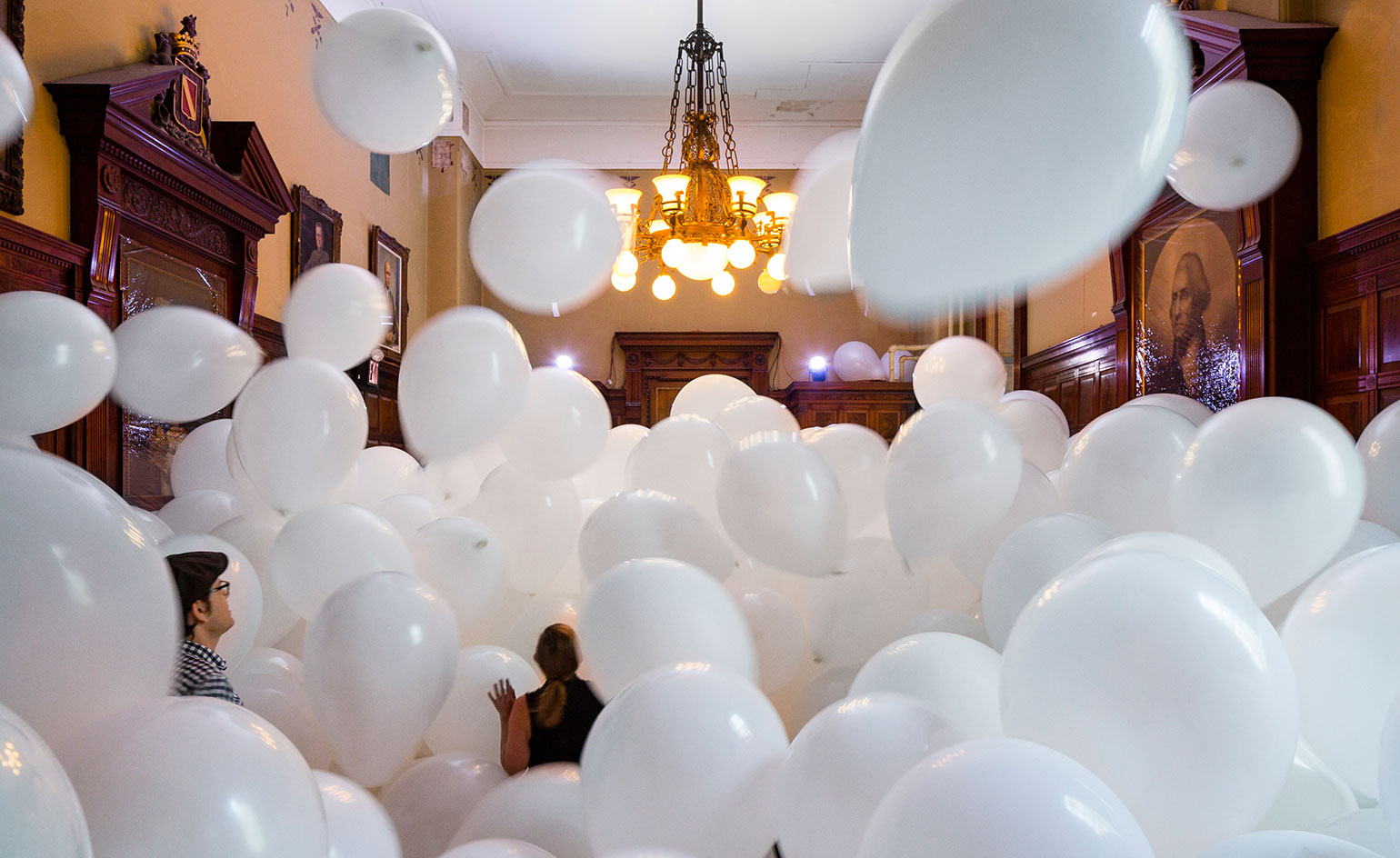
Martin Creed is a born multi-tasker. ‘I often think that if I’m trying to do a drawing or a painting or any kind of work, it’s like trying to narrow the world down to this one thing,’ says the British artist at a press preview for his exhibition at New York’s Park Avenue Armory. ‘It seems to me very artificial, because life is not like that. Life is all mixed up and all over the place.’ The same can be said of the sprawling survey—in the best possible way.
On view through 7 August, 'The Back Door' takes its name from Creed’s characteristically singular intervention in the Armory’s cavernous drill hall, the site of gargantuan installations past. ‘Martin and I stood there in the absolute dark, and we noticed the back door of the drill hall,’ said Tom Eccles, who curated the exhibition with Hans-Ulrich Obrist. ‘We opened and closed it, opened and closed it, and had this extraordinary experience of opening the Park Avenue Armory to one of the most democratic streets on the Upper East Side—the Lexington Avenue side.’
Creed has seized upon the building’s eastern aperture as a visual palette cleanser. The raising and lowering of the door’s metal shutters – and the dynamic snippet of city life they momentarily reveal – bracket a series of six video portraits, none longer than three minutes, in which the camera (slowed to one-eighth speed) zooms in on the unsmiling face of a woman (including model-turned-actress/entrepreneur Lily Cole), who ultimately parts her lips to reveal a mouthful of goo. The central space is empty save for the projection screen, a few spindly wooden benches, and the sporadic appearance of a troupe of roving musicians led by a megaphoned singer of Creed’s infectious melodies.
Elsewhere, Creed works both old and new, each titled tidily with a number, infiltrate the Armory, which is still in the throes of a $210-million room-by-room renovation masterminded by Herzog & de Meuron. A trio of metronomes marks times in one of the historic period rooms, while another is stuffed with the large white balloons of Work No. 360: Half the air in a given space (2015). In the parlour, the lights turn on and off, at one-second intervals, while one corridor is framed by velvet curtains that continually part and then come back together.
In a nod to the chaos of reality, Creed’s works mix and mingle with the Armory’s historic artefacts: here a grandfather clock pushed into the hall and set askew, there a wall-mounted elk head eying a shelf of newly arrived cactuses (Work No. 2376) with suspicion. Crumpled-paper balls and precisely stacked cardboard boxes are joined in glass cases by trophies awarded to outstanding cadets in the ‘Knickerbocker Greys’ youth corps or commemorating the victors of ‘indoor baseball’ competitions. Not surprisingly, Creed bristles at the ‘goals and rules’ that define sports. ‘What people call art, I don’t think it has a really clearly defined goal,’ he says, and then picks up to his guitar to elaborate with a song.
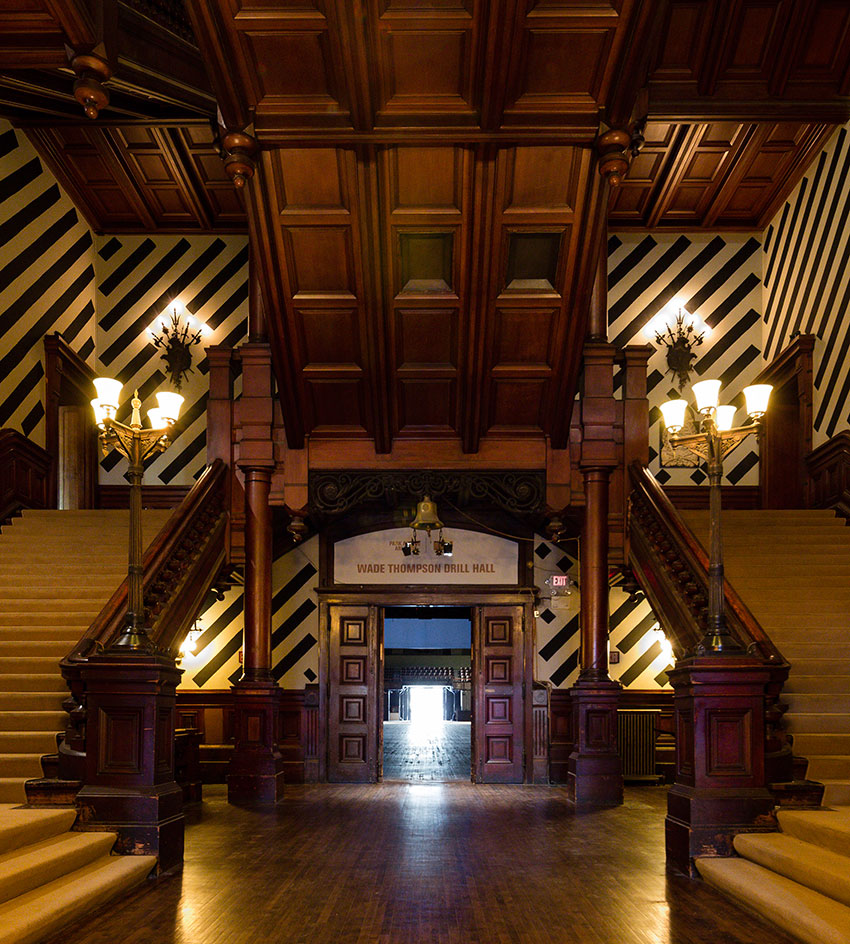
'The Back Door' takes its name from Creed’s characteristically singular intervention in the Armory’s cavernous drill hall (pictured), the site of gargantuan installations past
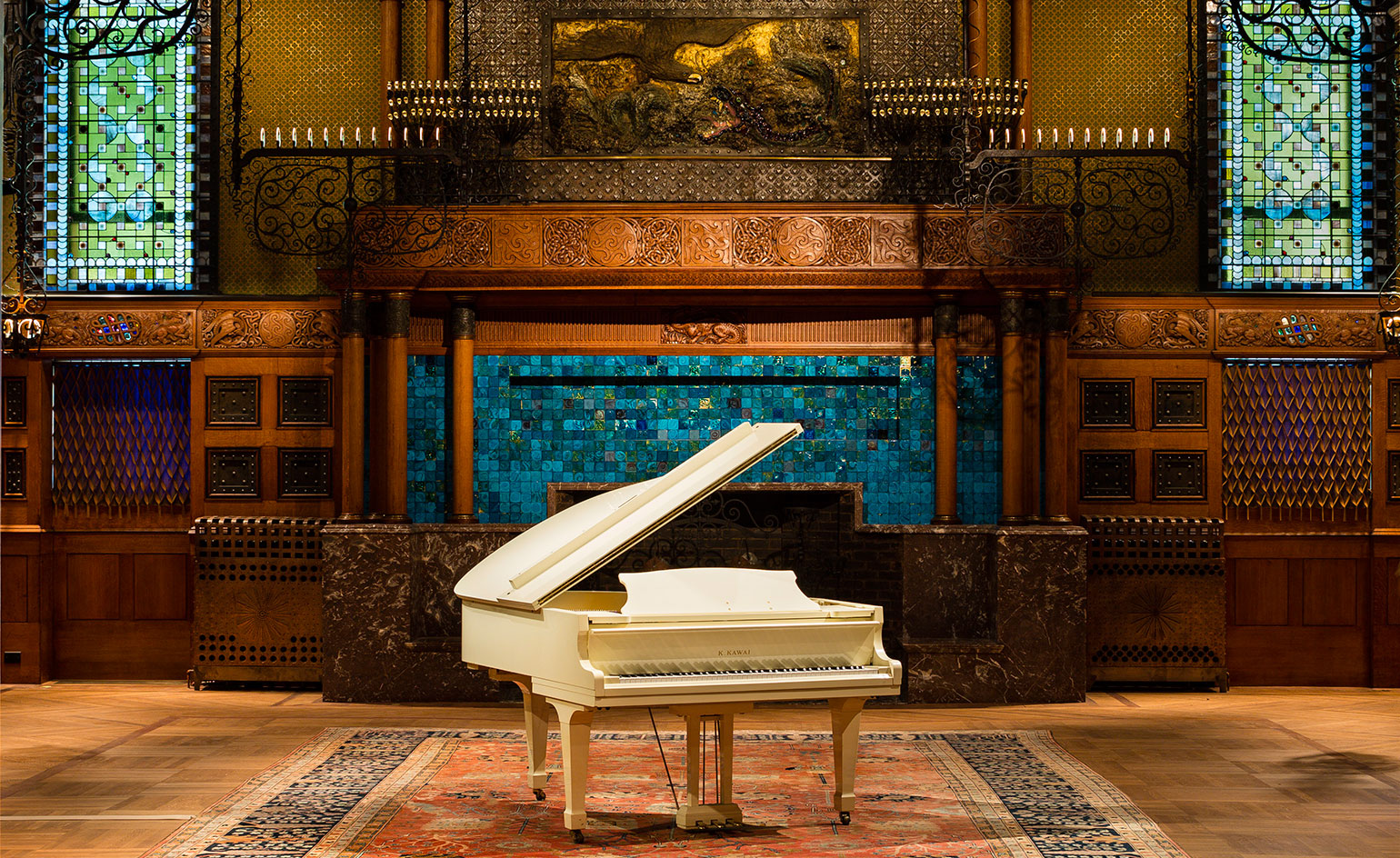
Creed works both old and new, each titled tidily with a number, infiltrate the Armory, which is still in the throes of a $210-million room-by-room renovation masterminded by Herzog & de Meuron. Pictured: Work No. 569, Piano (2006)
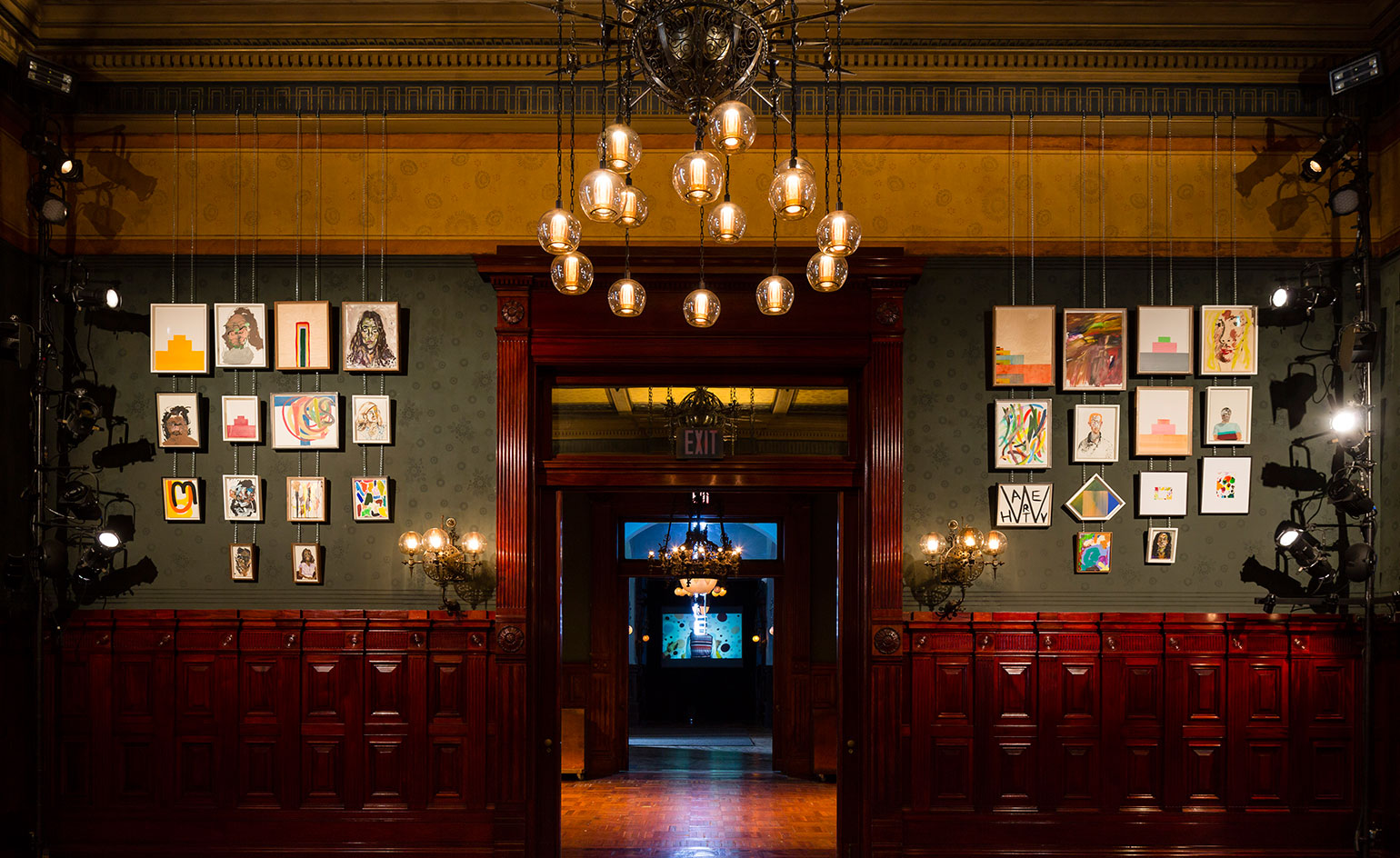
The works mix and mingle beautifully with the Armory’s own arsenal of historic artefacts
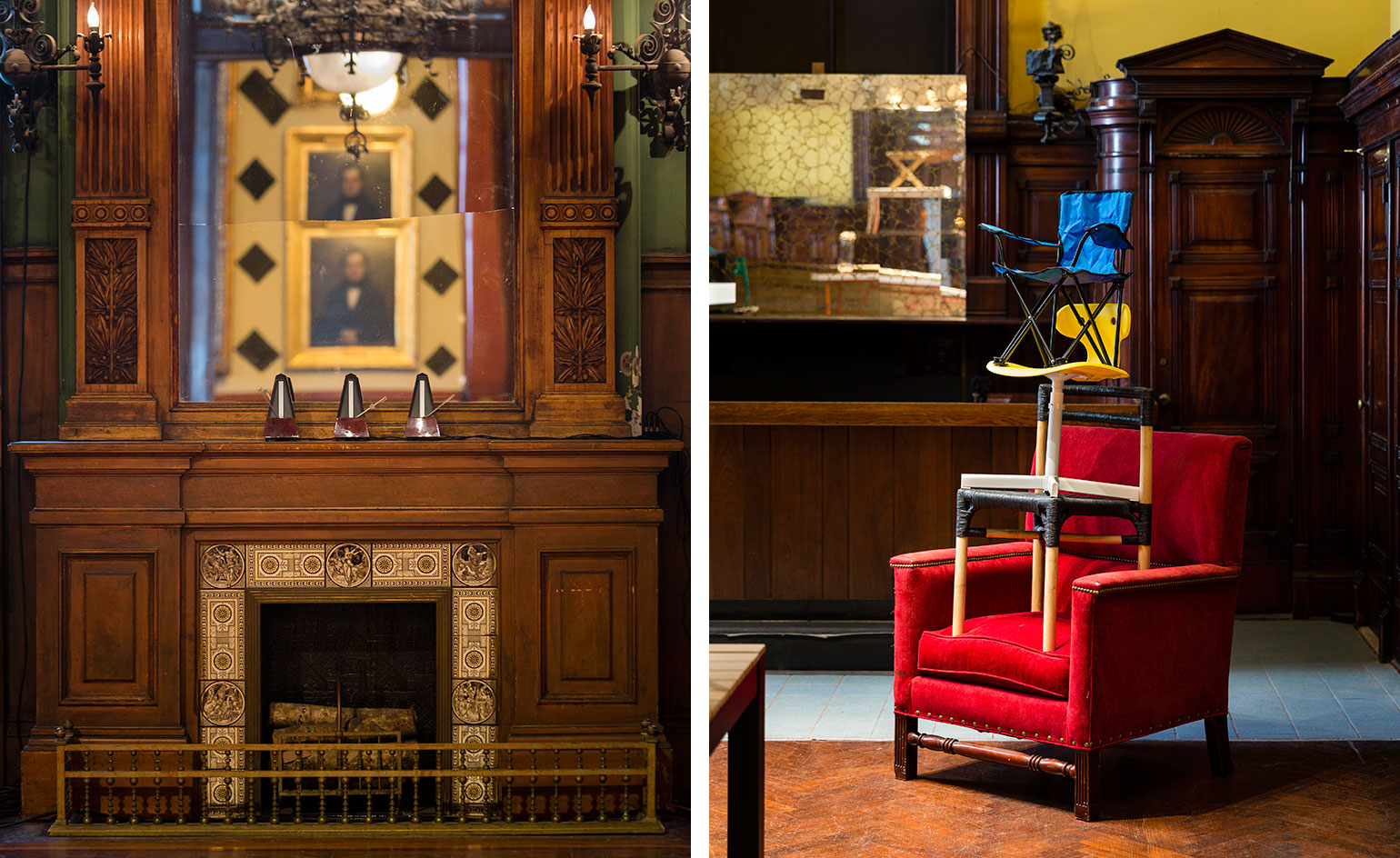
A trio of metronomes (pictured left) mark time in one of the historic period rooms, while a pyramid of chairs (right) holds court in another
INFORMATION
Martin Creed’s ’The Back Door’ is now on view until 7 August. For more details, please visit the Park Avenue Armory’s website
Photography: James Ewing. Courtesy of Park Avenue Armory
ADDRESS
Park Avenue Armory
643 Park Avenue
New York, New York
Receive our daily digest of inspiration, escapism and design stories from around the world direct to your inbox.
Stephanie Murg is a writer and editor based in New York who has contributed to Wallpaper* since 2011. She is the co-author of Pradasphere (Abrams Books), and her writing about art, architecture, and other forms of material culture has also appeared in publications such as Flash Art, ARTnews, Vogue Italia, Smithsonian, Metropolis, and The Architect’s Newspaper. A graduate of Harvard, Stephanie has lectured on the history of art and design at institutions including New York’s School of Visual Arts and the Institute of Contemporary Art in Boston.
-
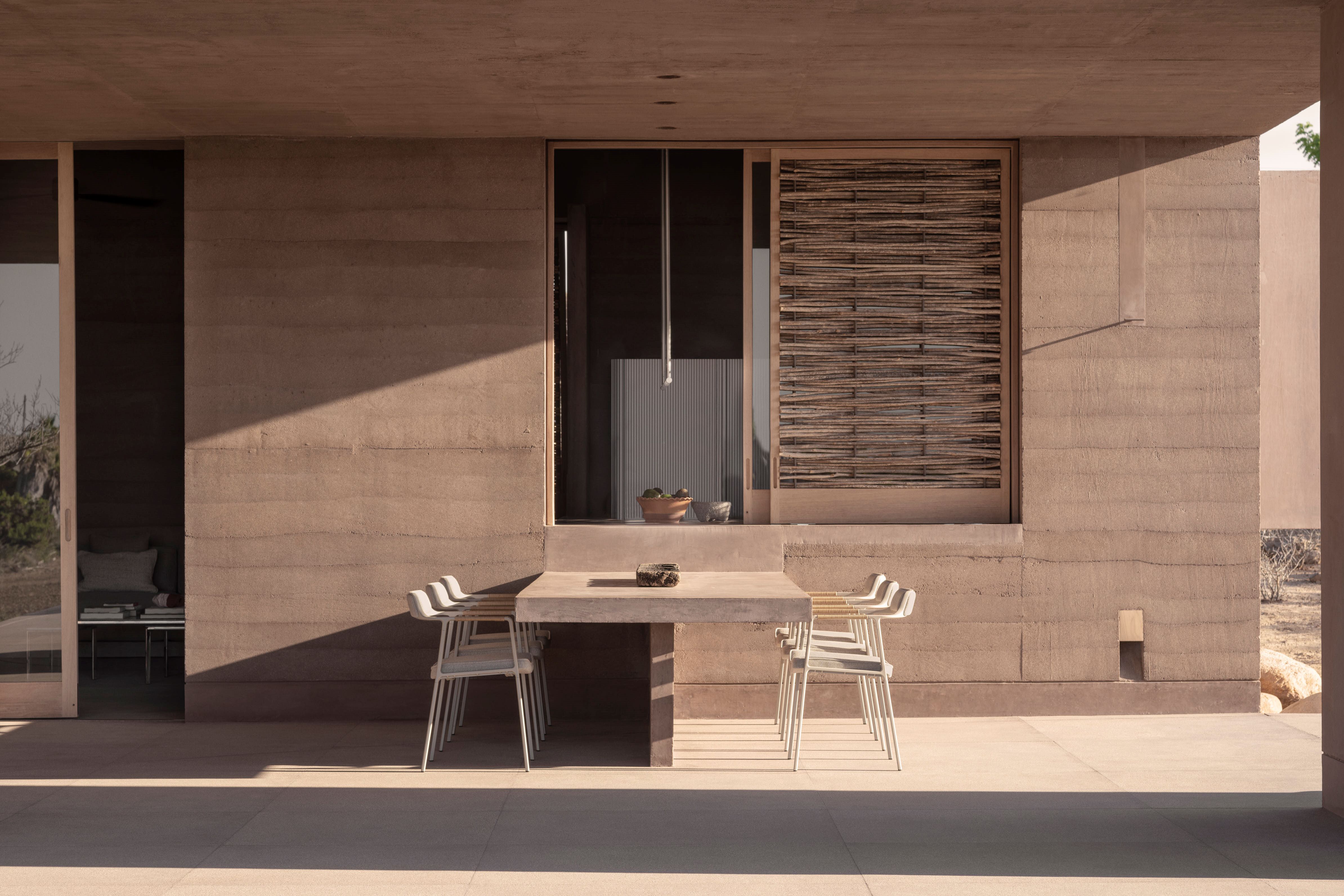 This Mexican architecture studio has a surprising creative process
This Mexican architecture studio has a surprising creative processThe architects at young practice Pérez Palacios Arquitectos Asociados (PPAA) often begin each design by writing out their intentions, ideas and the emotions they want the architecture to evoke
-
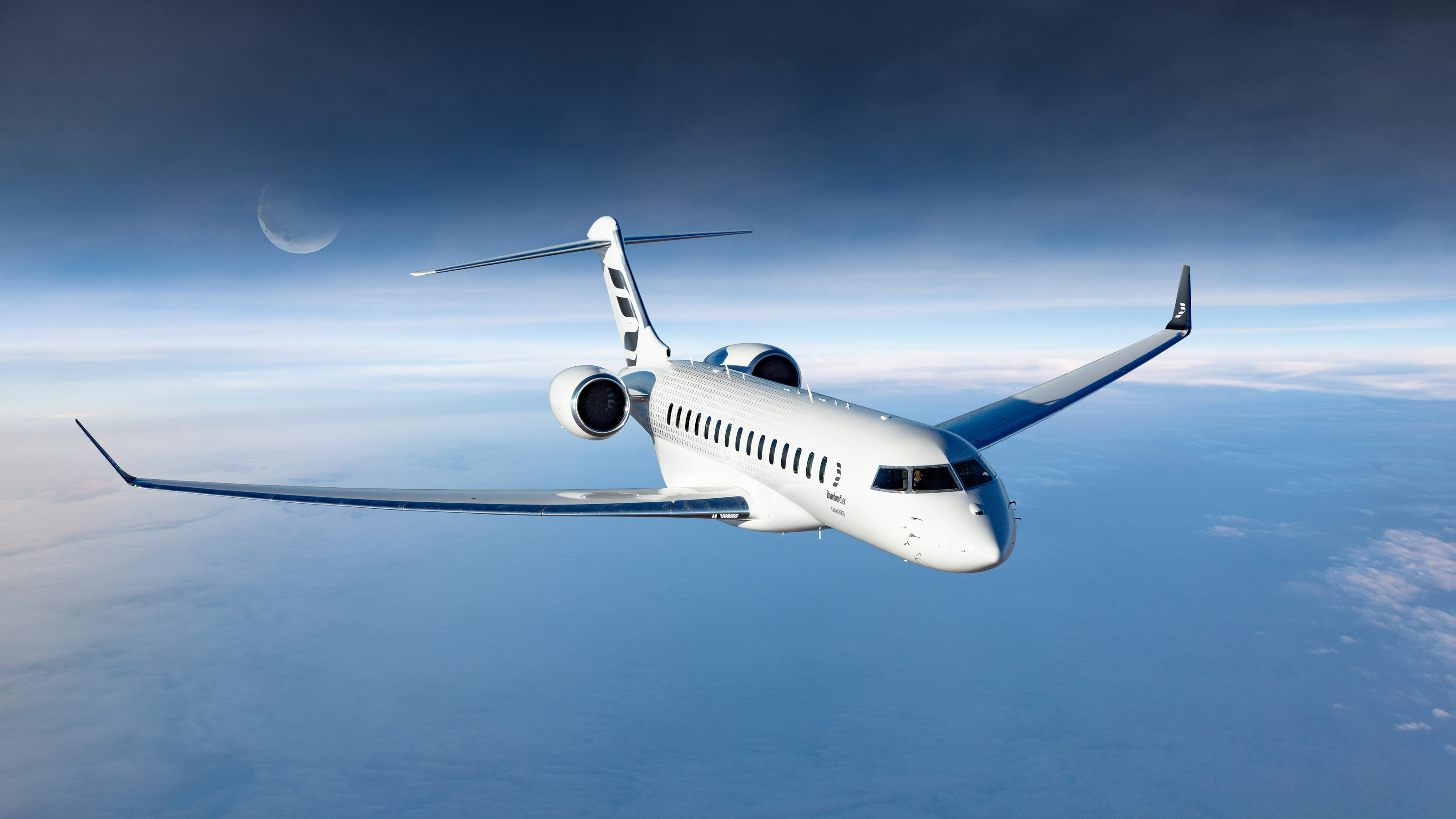 The Bombardier Global 8000 flies faster and higher to make the most of your time in the air
The Bombardier Global 8000 flies faster and higher to make the most of your time in the airA wellness machine with wings: Bombardier’s new Global 8000 isn’t quite a spa in the sky, but the Canadian manufacturer reckons its flagship business jet will give your health a boost
-
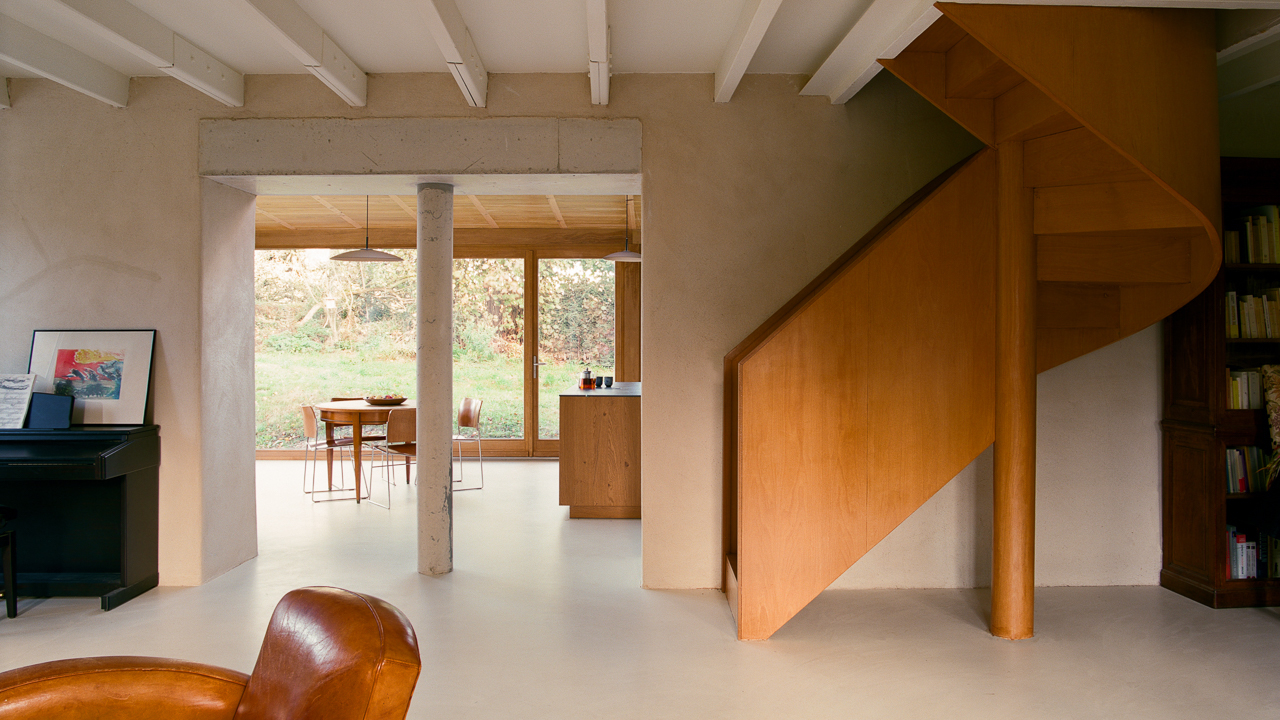 A former fisherman’s cottage in Brittany is transformed by a new timber extension
A former fisherman’s cottage in Brittany is transformed by a new timber extensionParis-based architects A-platz have woven new elements into the stone fabric of this traditional Breton cottage
-
 Out of office: The Wallpaper* editors’ picks of the week
Out of office: The Wallpaper* editors’ picks of the week'Tis the season for eating and drinking, and the Wallpaper* team embraced it wholeheartedly this week. Elsewhere: the best spot in Milan for clothing repairs and outdoor swimming in December
-
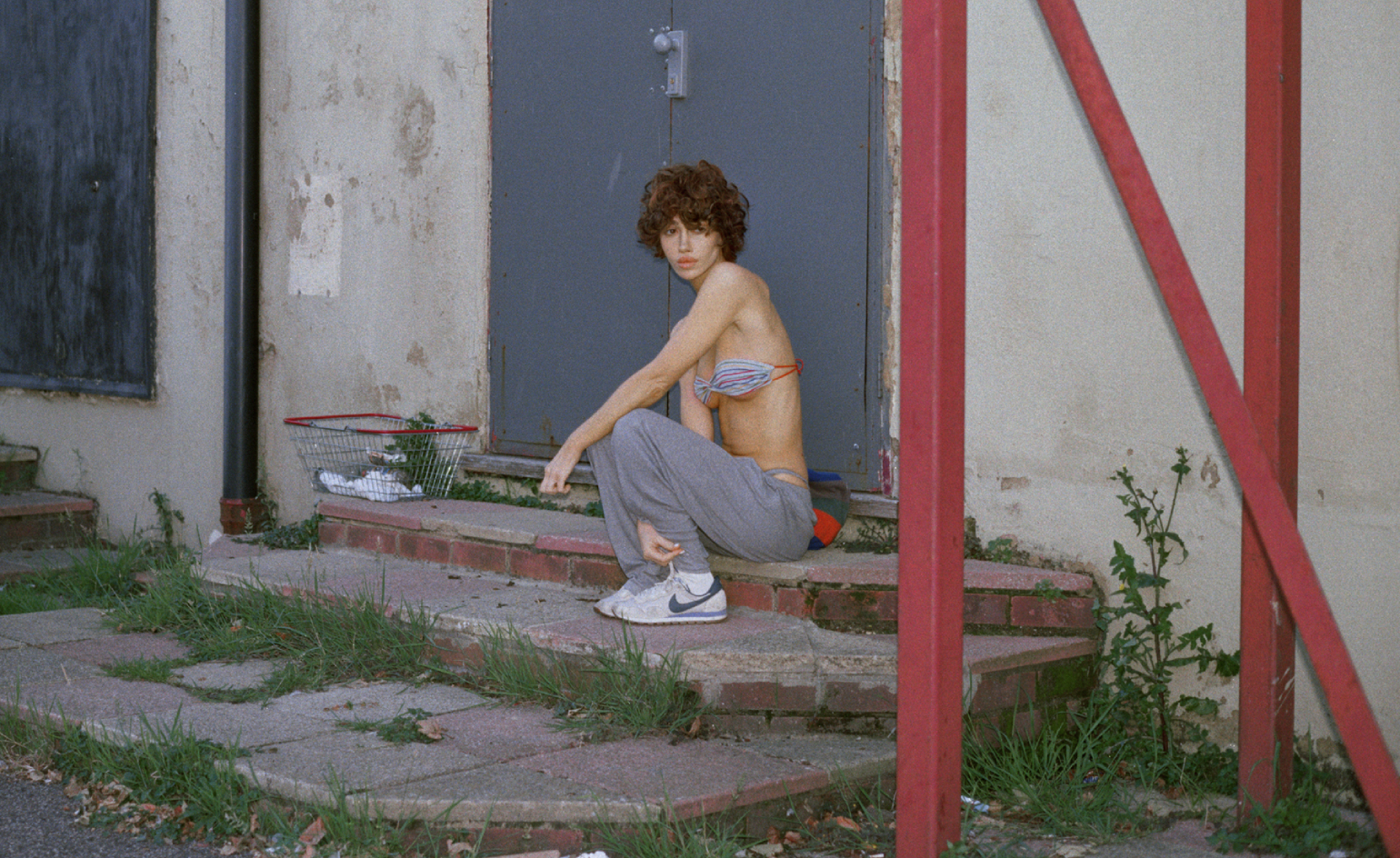 Nadia Lee Cohen distils a distant American memory into an unflinching new photo book
Nadia Lee Cohen distils a distant American memory into an unflinching new photo book‘Holy Ohio’ documents the British photographer and filmmaker’s personal journey as she reconnects with distant family and her earliest American memories
-
 Out of office: The Wallpaper* editors’ picks of the week
Out of office: The Wallpaper* editors’ picks of the weekIt’s been a week of escapism: daydreams of Ghana sparked by lively local projects, glimpses of Tokyo on nostalgic film rolls, and a charming foray into the heart of Christmas as the festive season kicks off in earnest
-
 Ed Ruscha’s foray into chocolate is sweet, smart and very American
Ed Ruscha’s foray into chocolate is sweet, smart and very AmericanArt and chocolate combine deliciously in ‘Made in California’, a project from the artist with andSons Chocolatiers
-
 Inside the work of photographer Seydou Keïta, who captured portraits across West Africa
Inside the work of photographer Seydou Keïta, who captured portraits across West Africa‘Seydou Keïta: A Tactile Lens’, an exhibition at the Brooklyn Museum, New York, celebrates the 20th-century photographer
-
 Out of office: The Wallpaper* editors’ picks of the week
Out of office: The Wallpaper* editors’ picks of the weekFrom sumo wrestling to Singaporean fare, medieval manuscripts to magnetic exhibitions, the Wallpaper* team have traversed the length and breadth of culture in the capital this week
-
 María Berrío creates fantastical worlds from Japanese-paper collages in New York
María Berrío creates fantastical worlds from Japanese-paper collages in New YorkNew York-based Colombian artist María Berrío explores a love of folklore and myth in delicate and colourful works on paper
-
 Out of office: the Wallpaper* editors’ picks of the week
Out of office: the Wallpaper* editors’ picks of the weekAs we approach Frieze, our editors have been trawling the capital's galleries. Elsewhere: a 'Wineglass' marathon, a must-see film, and a visit to a science museum